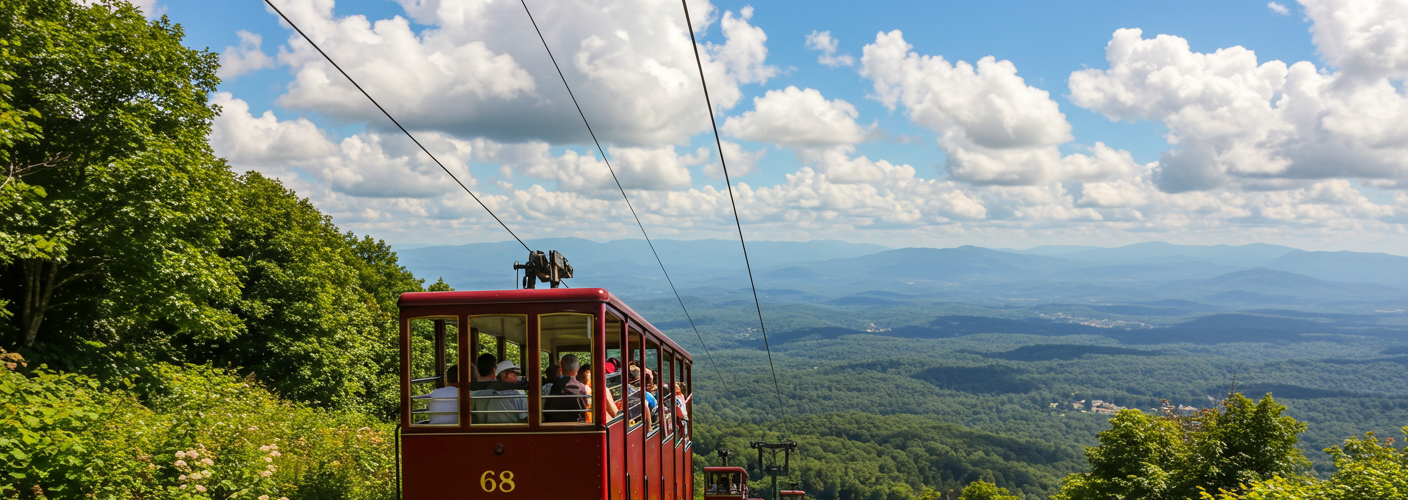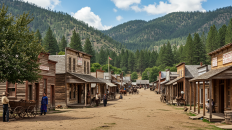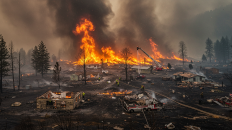The term “funicular” might seem unfamiliar to many, but it represents an intriguing and practical mode of transportation that has captivated engineers and travelers alike. So, what exactly does funicular mean, and where did this concept originate?
At its core, a funicular is a cable railway system that operates on a slope. It consists of two cars that move in opposite directions, connected by a cable. As one car ascends, the other descends, allowing for a balanced weight distribution that enhances energy efficiency and safety. This ingenious design has made funiculars a popular choice for transporting people and goods in areas with steep inclines, such as mountains or urban hilltops.
The origin of the word “funicular” can be traced back to the Latin term “funiculus,” meaning “cord” or “cable.” This etymology emphasizes the fundamental mechanism of the funicular system: a cable that enables the movement of the carriages along the track. The concept dates back to the 19th century, with one of the earliest examples being the funicular railway at the top of the steep hillside called Mount Vesuvius in Italy. Since then, these systems have been implemented in various locations worldwide, particularly in mountainous regions or cities with hilly terrain.
Funiculars serve several practical purposes. For many cities, they provide an efficient means of transport for residents and tourists alike. They enable easy access to scenic viewpoints or recreational areas, thereby enhancing tourism while reducing road traffic congestion. The design minimizes the physical impact on the environment, as these structures can integrate seamlessly into the landscape, unlike traditional large transport systems that may require significant excavation or infrastructure alterations.
In addition to their practical uses, funiculars have a certain charm that enhances their appeal. Traveling by funicular often offers stunning panoramic views that are hard to match with other modes of transport. Whether it’s a steep ascent up a mountain or a climb to a historic castle, the experience of riding a funicular can be exhilarating, providing a unique opportunity to connect with the surrounding landscape.
One of the challenges associated with funiculars is maintenance, particularly regarding the cable and track systems. Regular inspections are essential to ensure safety and operational efficiency. Moreover, in regions with extreme weather conditions, funiculars must be designed to withstand high winds and snow loads.
Today, funiculars continue to evolve with technological advancements. Modern systems utilize sophisticated mechanisms and materials to enhance safety and reliability. Moreover, some funiculars have incorporated electric systems to further reduce their ecological footprint, aligning with contemporary demands for sustainable transport solutions.
In conclusion, the meaning of funicular encompasses much more than just a method of transportation. It represents a harmonious blend of engineering, functionality, and experience. As cities and regions continue to develop and expand, the relevance of funicular systems as a viable transport solution is likely to endure, offering both locals and tourists an enjoyable and scenic way to navigate hilly terrains. Whether you are exploring a vibrant city or taking in the views from a mountaintop, riding a funicular provides an unforgettable adventure that resonates with history and innovation alike.




Add comment